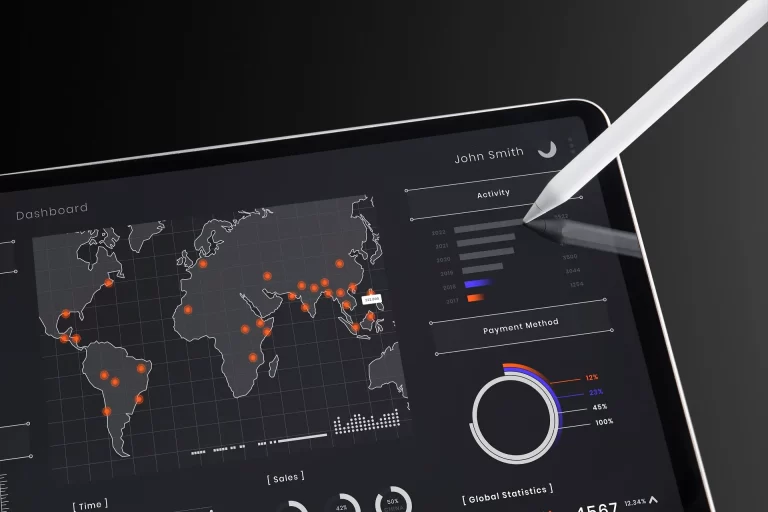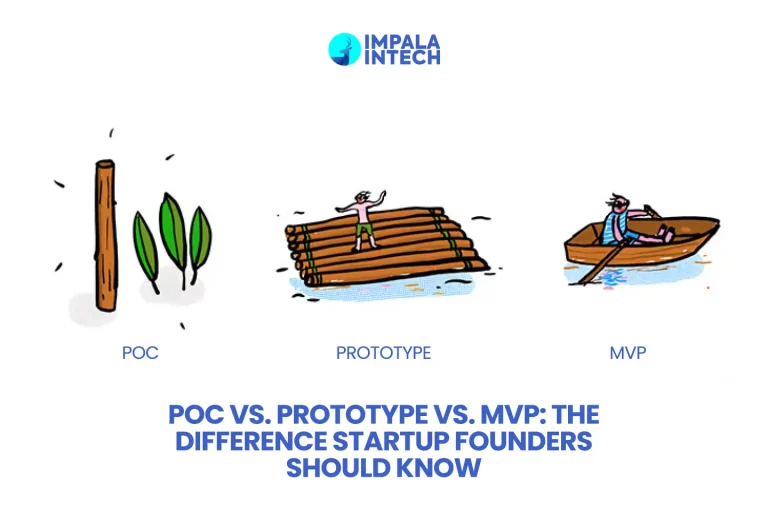
Healthcare organizations rely more on digital systems than ever before. Patient data, medical devices, billing systems, and even hospital operations all connect to networks today. This brings convenience but also danger. Hackers see healthcare as a rich target.
They know the systems are valuable and often outdated. A report from IBM revealed that healthcare has faced the highest average data breach cost for thirteen years straight. In 2023, that cost hit $10.93 million per breach. These numbers show how severe the risk is for both patients and decision makers. Protecting data now means protecting lives and keeping hospitals running smoothly.
Why Cybersecurity Matters So Much in Healthcare

Healthcare data is more sensitive than in many other industries. Names, addresses, medical histories, prescriptions, and payment records all stay inside systems. Unlike a stolen credit card, stolen health data cannot be replaced.
As one of the top cyubersecurity service providers in UK, we at Impala InTech have seen Hackers often sell this information on the dark web for years. This makes hospitals a primary target.
Ransomware attacks have proliferated in healthcare. Check Point Research reported a 94% increase in such attacks between 2022 and 2023. Hackers use ransomware to lock critical files, and then demand money to release them.
In some cases, this has forced hospitals to cancel surgeries, postpone treatments, and shut down digital systems for weeks. A cyberattack does not just cost money—it risks patient safety directly.
The Most Common Cyber Threats
Healthcare systems face different types of cyber threats. Each one can create severe damage if ignored.
- Phishing emails: Fake messages trick staff into giving away passwords or clicking bad links.
- Ransomware: Criminals lock files and demand large payments to release them.
- Outdated software: Old systems that lack patches become easy entry points.
- Stolen or lost devices: Laptops, tablets, or phones with patient data can leak private details.
- Third-party risks: External vendors sometimes connect to networks, creating hidden weak points.
These threats can combine to make attacks worse. For example, a phishing email might give access to outdated systems. That chain reaction can shut down an entire hospital.
Steps for Stronger Cybersecurity
Decision makers in healthcare must act with clear strategies. Below are practical steps that improve safety and reduce risk.
1. Train All Staff Often
Most cyber breaches begin with people making mistakes. An employee may click a link in a fake email or use a weak password. Ongoing training helps reduce this risk. Sessions should cover spotting phishing attempts, safe password practices, and reporting strange system behavior.
A Stanford University study found that 88% of breaches involve human error. This means education is as important as technology. With training, staff gain awareness and confidence. With awareness, the chance of breaches drops.
2. Keep Systems Updated
Old or unpatched systems are weak points for hackers. Software companies release patches to close known gaps. If updates are ignored, attackers exploit them quickly. Decision makers should create clear schedules for updates. Automating patches ensures nothing gets missed.
Ponemon Institute research shows that regular patching can reduce breach chances by up to 41%. This number is too large to ignore. Regular updates are one of the cheapest and most effective steps in cybersecurity.
3. Encrypt Patient Data
Encryption makes stolen data unreadable. Even if hackers break in, the files stay locked without special keys. Encryption protects data in storage and during transfer. Banks and financial systems have used encryption for years. Healthcare must follow the same standard. It gives peace of mind that sensitive information stays safe even under attack.
4. Limit and Control Access
Not every employee should see all patient records. Role-based access helps limit exposure. Multi-factor authentication adds another shield. This means even if a password is stolen, hackers cannot log in without the second step.
Microsoft reported that multi-factor authentication stops 99.9% of common attacks. It is one of the most effective tools available for healthcare systems.
5. Secure Networks and Devices
Hospitals use many connected devices today, from MRI machines to tablets carried by nurses. Each device is a possible entry point. Strong passwords, firewalls, and device monitoring tools are necessary. Separating medical devices from public networks also lowers risk. A network breach in one area should not reach life-support equipment or patient monitoring tools.
6. Test Systems Regularly
Testing finds weaknesses before hackers do. Security audits, penetration testing, and recovery drills show how strong systems really are. Testing also reveals how fast teams can recover after a simulated attack. Decision makers can then use results to improve training, response times, and defenses.
Why Better Cybersecurity Pays Off

Strong cybersecurity is not only about safety. It also protects reputation and finances.
- Lower breach costs: The faster a threat is blocked, the lower the recovery expenses.
- Smooth operations: Secure systems reduce delays in patient care.
- Higher patient trust: People trust providers who protect their records.
- Regulatory compliance: Healthcare laws like HIPAA require strict data protection standards.
The American Hospital Association states that hospitals with stronger defenses recover nearly 40% faster from breaches. This quicker recovery means less downtime, lower costs, and safer care for patients.
Role of Leadership in Cybersecurity
Technology alone cannot solve this problem. Leadership is critical. Executives decide budgets, approve partnerships, and set the overall culture around security. If leaders treat cybersecurity as a priority, staff will take it seriously too.
A Deloitte survey showed that 62% of healthcare executives view cybersecurity as a main concern. Yet, only 35% feel ready to face modern threats. This gap creates risk. Leaders must close it with strong policies, investments, and constant support.
Why Healthcare Providers Partner with Experts
Managing cybersecurity in-house is often too complex. Healthcare groups already focus on patient care. Many decide to work with outside experts for constant monitoring and advanced protection. Managed cybersecurity services bring around-the-clock tracking, compliance guidance, and faster response to threats.
According to Gartner, companies using managed services cut their breach risk by half. This makes expert partnerships not just helpful but cost-effective. Decision makers should weigh the costs of services against the far higher costs of breaches.
What the Future Holds
Cyber threats will not slow down. Hackers now use artificial intelligence to launch smarter attacks. Old defenses will not work forever. Leaders must plan for the future. This means ongoing training, adopting stronger tools, and building partnerships with trusted experts. Cybersecurity is not a one-time project—it is a continuing process.
Final Thoughts
Healthcare cannot work without strong cybersecurity. Patient safety, trust, and daily operations all depend on secure systems. As one hospital CEO put it, “Without secure systems, we cannot deliver safe care.”
The risks are growing. The costs are rising. But the solutions are already available. Leaders who act early protect both their patients and their organizations.
What are the biggest threats hospitals face today?
The most common threats include phishing emails, ransomware, outdated software, lost devices, and weak vendor security. Each one can damage patient trust and hospital operations.
How often should healthcare staff get cybersecurity training?
Training should happen more than once a year. Ongoing sessions help staff spot threats faster and avoid costly mistakes.
Can encryption really protect patient data from hackers?
Yes. Encryption makes stolen files unreadable without keys. Even if hackers steal the data, they cannot use it.
How does multi-factor authentication help hospitals stay safe?
Multi-factor authentication adds another step, like a code or fingerprint, beyond a password. This makes it almost impossible for attackers to log in with stolen passwords alone.







